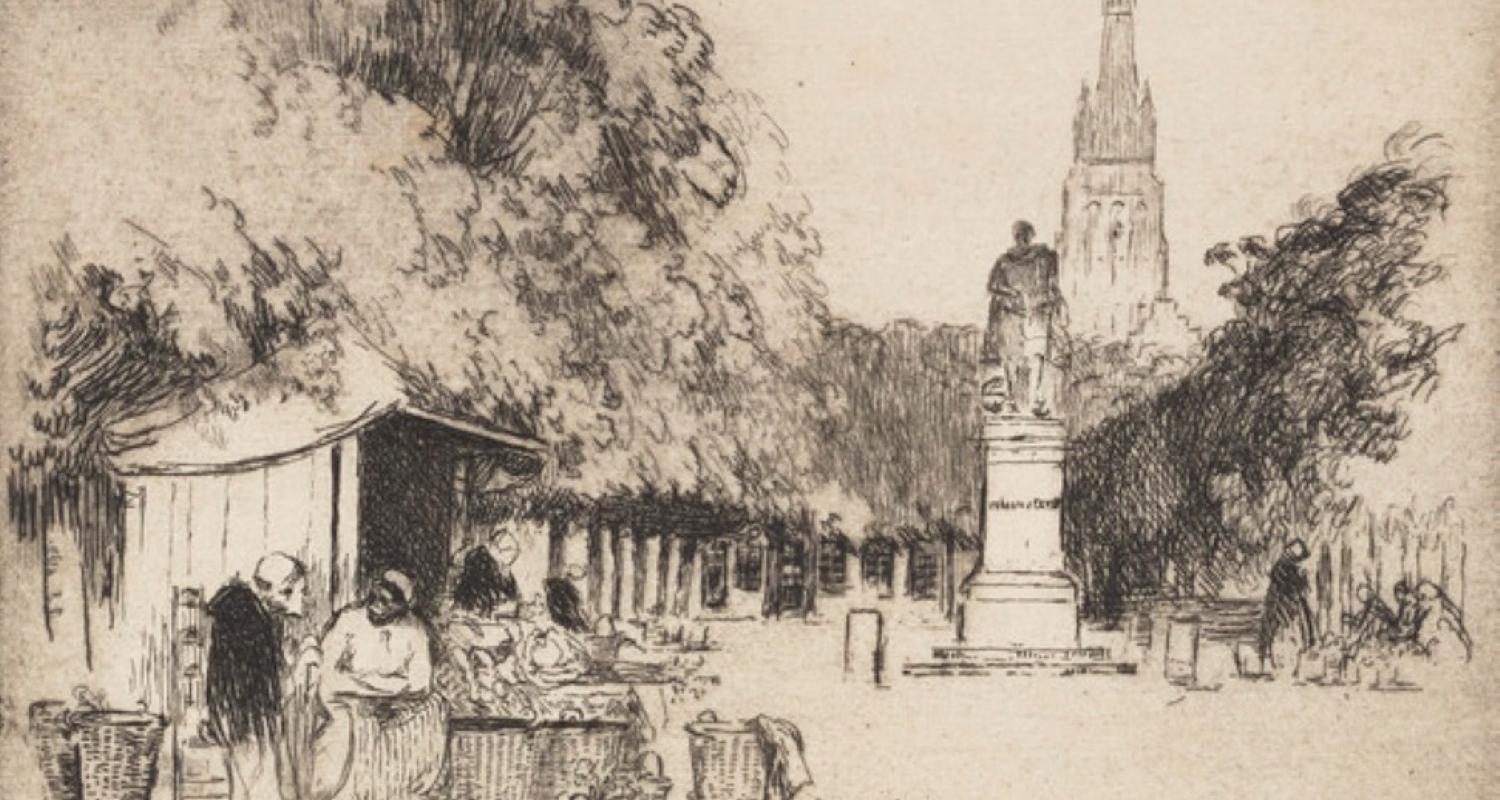A lecture to complement our printmaking exhibition looking at prints in the collection of the National Galleries of Scotland.
In the 1760s, brothers Alexander and John Runciman were the first professional Scottish artists to use the printmaking technique, etching, to create original works of art. Previously viewed mainly as a way to reproduce paintings and other existing artworks, the Runcimans used etching as a mode of artistic expression. In the century that followed, the technique became accepted in Scotland as a serious artform. In the late 19th and early 20th century, etching enjoyed a surge in popularity and Scottish printmakers William Strang, DY Cameron, Muirhead Bone and James McBey were key figures in an international revival. Although collectors' interest waned after the Wall Street Crash of 1929, Scottish artists of the next generation, such as Ian Fleming and Margaret Stirling Dobson, brought new life to the medium.
This talk is based on a recent display shown at the Scottish National Gallery. Through a selection drawn from the National Gallery’s print collection, we will explore just some of the artists who produced etchings in Scotland, from those working in the 18th century, up until 1945. National Galleries of Scotland curator, Hannah Brocklehurst will discuss how she selected the etchings for this display, and where these fit within the wider collection of etchings in the National Gallery’s collection.
Hannah Brocklehurst is Curator of Prints and Drawings at the National Galleries of Scotland. She has a particular interest in the historic print collection. She contributes to NGS’s regular works on paper display programme and was co-curator of Pin Ups: Toulouse-Lautrec and the Art of Celebrity in 2018 and The Printmaker’s Art: Rembrandt to Rego in 2023. She also co-authored The Printmaker’s Art book, which was published in 2015.
Etching in Scotland, 1765 – 1924: Seen through the collection at the National Galleries of Scotland
